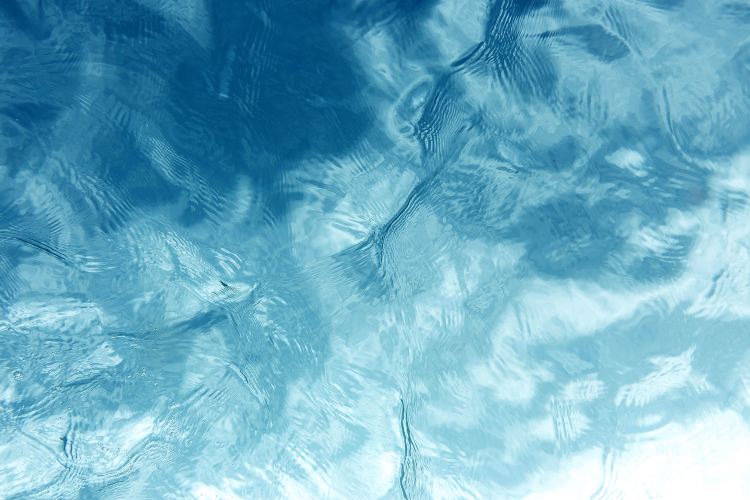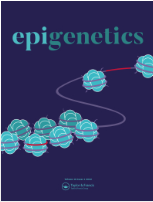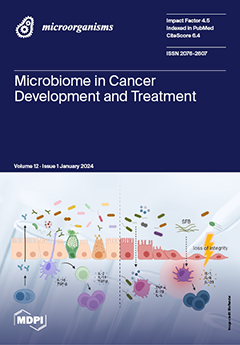Reduced n-3 chain fatty acid levels in feed for Atlantic Salmon (Salmon salar L.) do not reduce growth, robustness or product quality through and entire full scale commercial production cycle in seawater

Abstract
As fish oil is an increasingly limited input-factor, content of the n-3 fatty acids eicosapentaenoic acid (EPA, 20:5n-3) and docosahexaenoic acid (DHA, 22:6n-3) is being gradually reduced in feeds for farmed salmon, and consequences for fish health and fillet quality need to be addressed. In the present study, Atlantic salmon (Salmo salar L.) were fed two levels of EPA and DHA through the seawater rearing period from six weeks after smolt transfer (~ 150 g) until harvest (~ 5000 g). The trial was conducted under commercial production conditions, with triplicate net pens used for each diet group. The control (standard) diet contained 8% EPA + DHA of total fatty acids (FAs, 26 g kg− 1 feed), while the low n-3 diet contained 6% EPA + DHA of FAs until 1200 g body weight and 4.5% in following feeds, averaging out to 5% of FAs (16 g kg− 1 feed) during the entire production cycle. Growth performance and measured health parameters including cataract, liver lipid accumulation and vaccine side-effects did not differ significantly between the two diet groups. Through the production period, the fish faced stressful and challenging conditions such as five treatments against sea lice (one oral and four bath treatments), as well as an outbreak of pancreas disease and considerable mortality from gill infections. Despite this, mortality did not differ significantly between the diet groups, indicating that fish fed low dietary n-3 FAs were equally robust as fish fed the standard diet. Quality classification at slaughter did not reveal any diet effects, and neither did sensory evaluation of the fish fillets. As expected, the fillet FA profile differed, with 5.4% EPA + DHA of total FA (0.9 g 100 g− 1) in the fillet of fish fed the low n-3 diet and 7.5% (1.3 g 100 g− 1) in fish fed the standard diet. The fish fed low EPA + DHA showed a higher frequency of fillet melanin spots, 28.2%, compared to 21.5% in the salmon fed the standard diet, possibly related to dietary FA composition affecting inflammatory processes.

